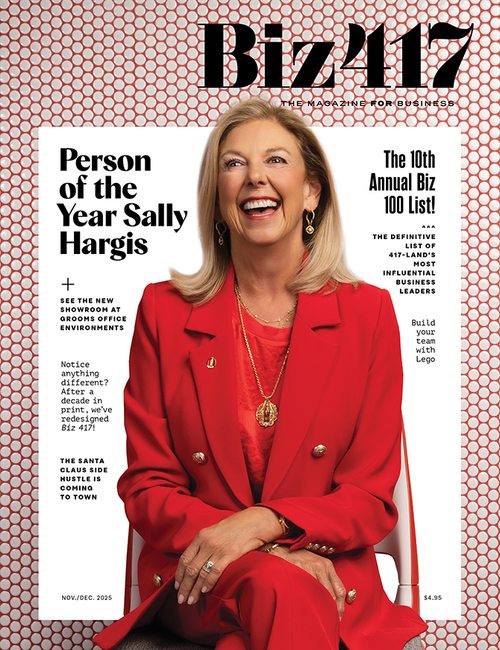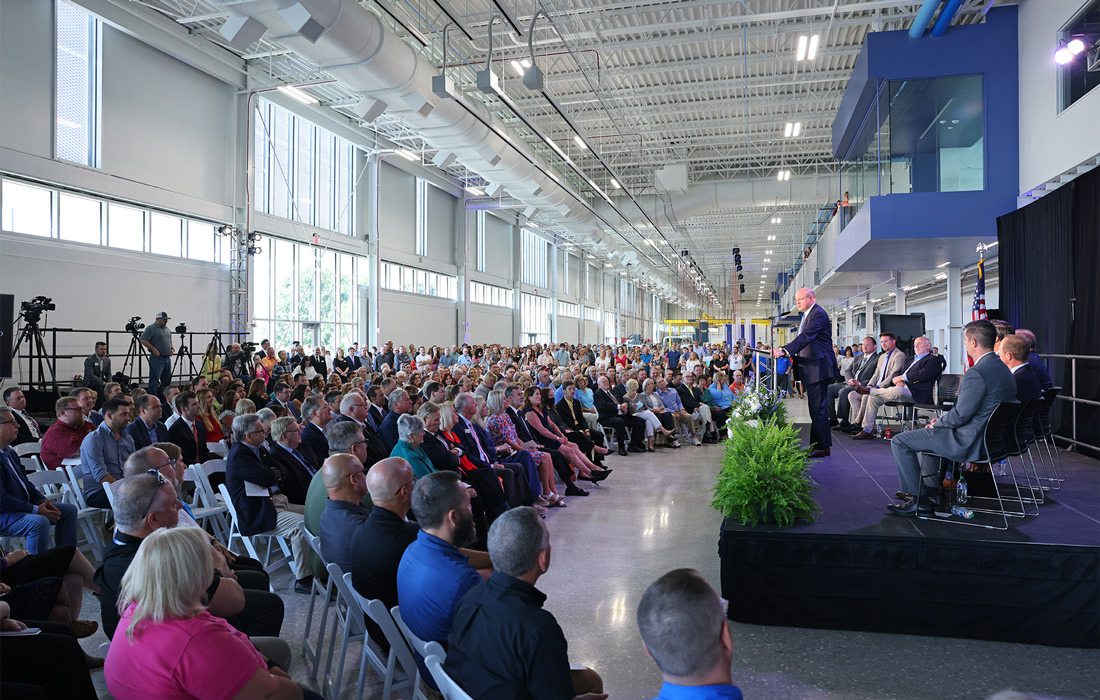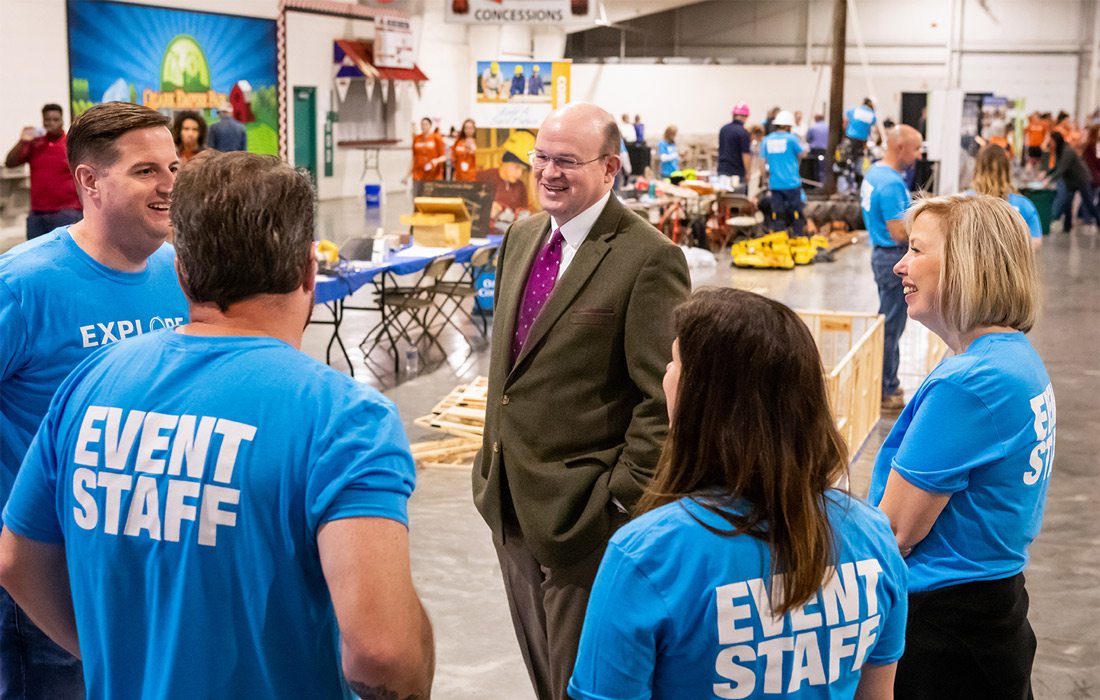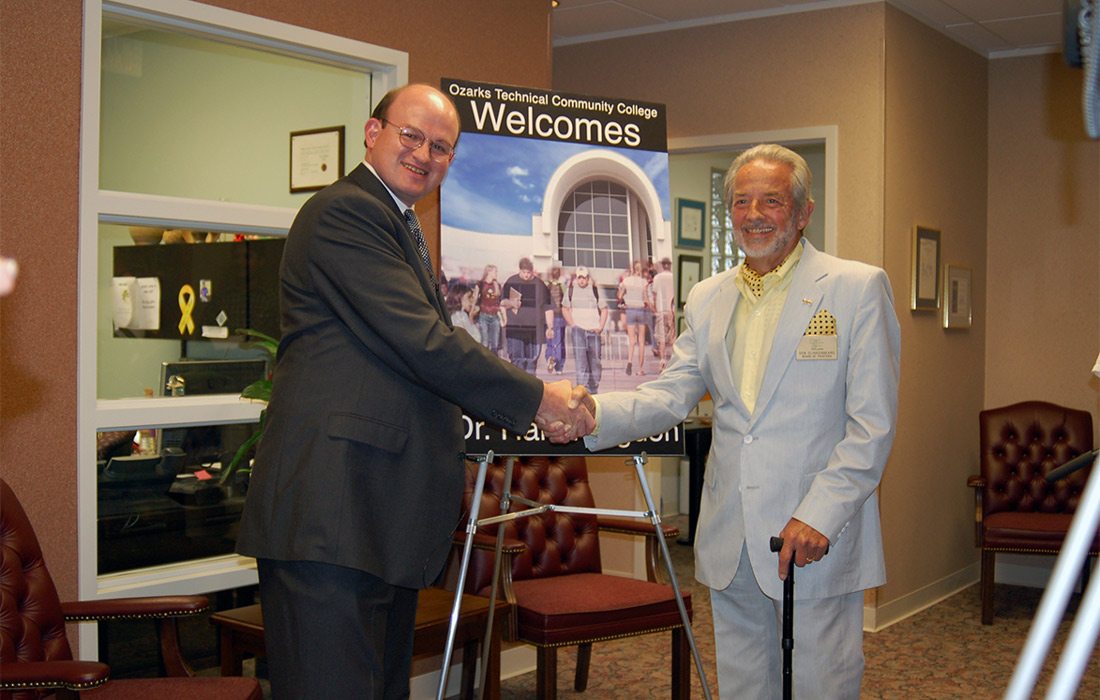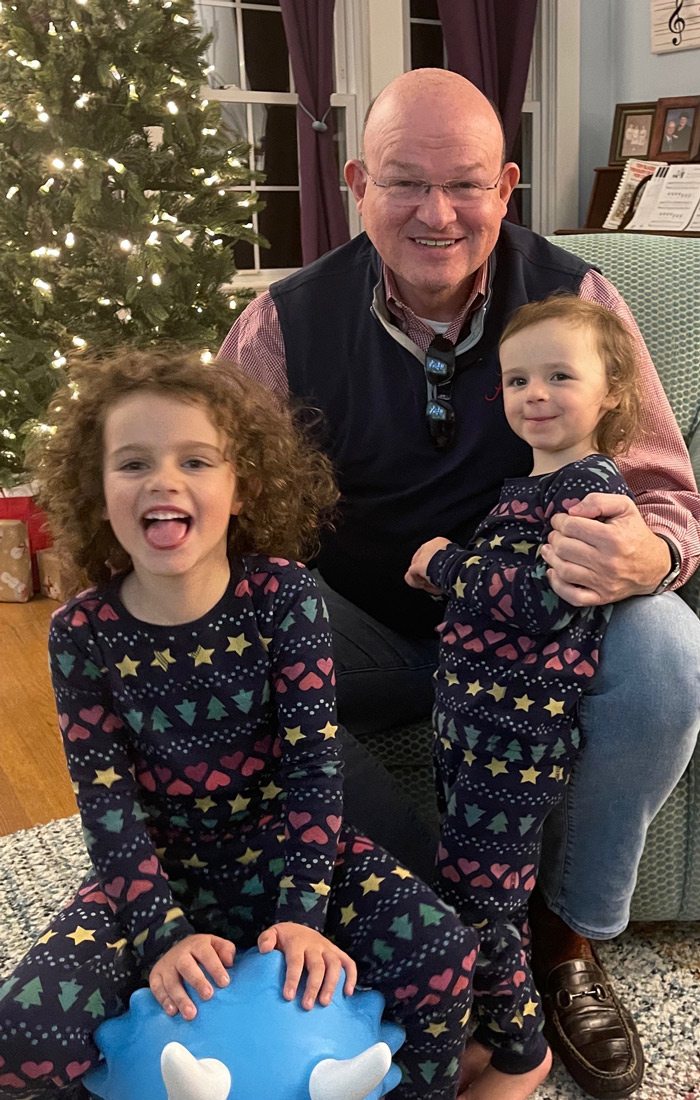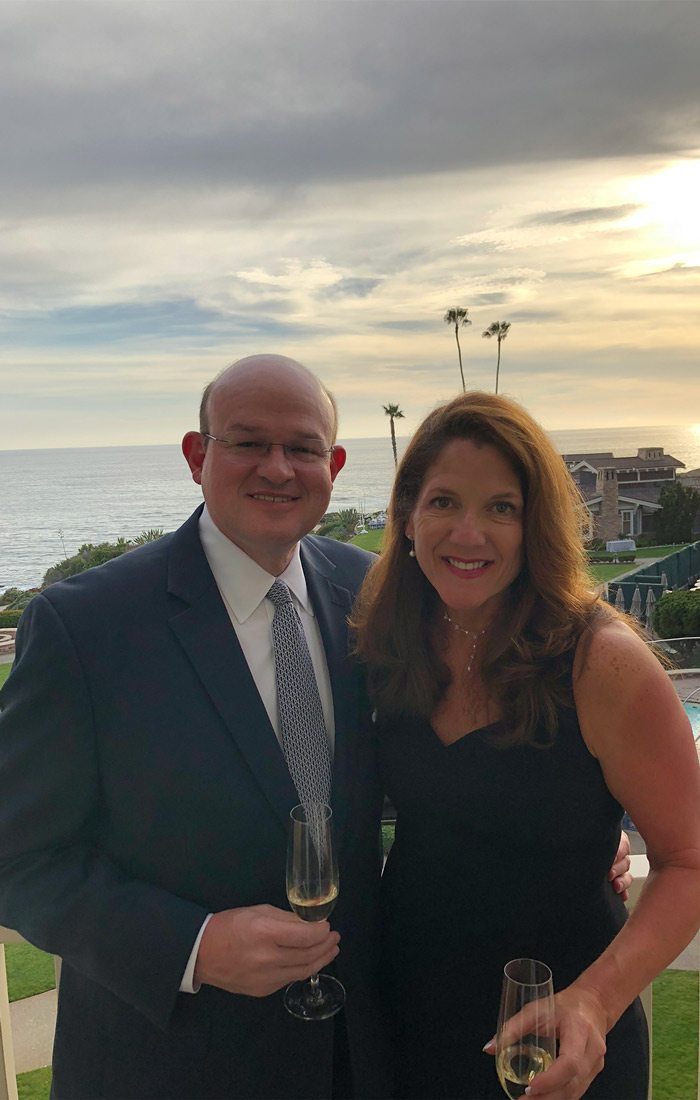When Dr. Hal Higdon first arrived at Ozarks Technical Community College (OTC) in 2006, he identified one thing that had to be changed immediately: the logo.
“It was hideous,” he says. Higdon’s predecessor as OTC Chancellor, Dr. Norman Myers, told Higdon that because the school’s first catalog had been issued during the fall, the original logo was rendered in autumnal shades of orange and green. No one ever changed it, but apparently, no one liked it, either. Higdon proposed a new design in a color called “OTC Blue.”
“I did that without any input,” he says. “I went to the board and asked, ‘Do y’all care?’ And they were like, ‘No, we hate orange and green.’”
Beyond this, Higdon says, the college was already well run and insists “there weren’t a lot of things that needed to be fixed, just things to be tweaked.” For example, he led a change to enrollment management—a strategic adjustment that helped the college weed out people who’d registered for classes without serious intent to attend. He also built goodwill on campus when he decreased the teaching loads of OTC faculty, who had been teaching more course hours than their peers at any of the other community colleges around the state.
But Higdon’s primary directive wasn’t change; it was growth. “OTC was undersized for this community,” he says. “It’s still underfunded. We have the lowest tax rate, locally, and the lowest level of funding by the state. The original board and president [had been] asked to build a community college on a shoestring.”
Now, it was Higdon’s job to ensure OTC leveled up. The Board of Trustees made it clear that he was expected to expand the college’s philanthropic support, tax base and financial support from the state. The board also wanted him to increase program offerings—a task that required even more funding.
It was a tall order. But as a longtime fan of the Alabama Crimson Tide, Higdon knows that the big games are won in inches, and he started figuring out how to put those inches together. He added staff to OTC’s philanthropy office and hired an outside organization to assess 417-land’s fundraising capability. The college amped up its community outreach, determined, Higdon says, to deepen relationships with “people of influence and affluence.” He networked in Jefferson City and with other higher education leaders to grow OTC’s funding from the state, something he says had to be “very slow and methodical.” These efforts yielded $50 million in fundraising during Higdon’s time as chancellor and ultimately resulted in a 33% increase in the funding OTC receives from the state.

